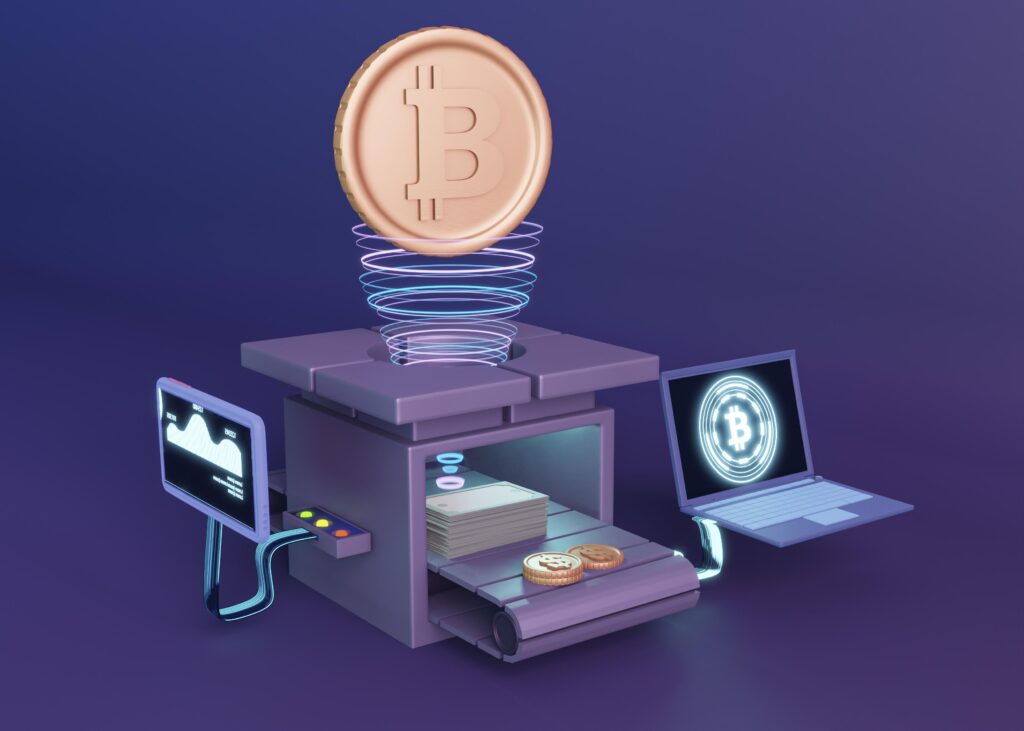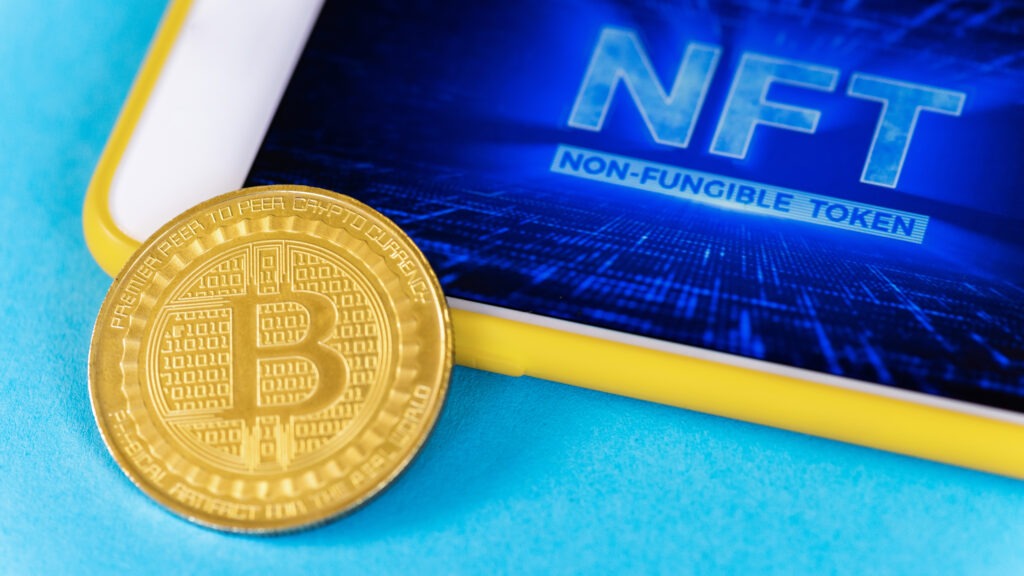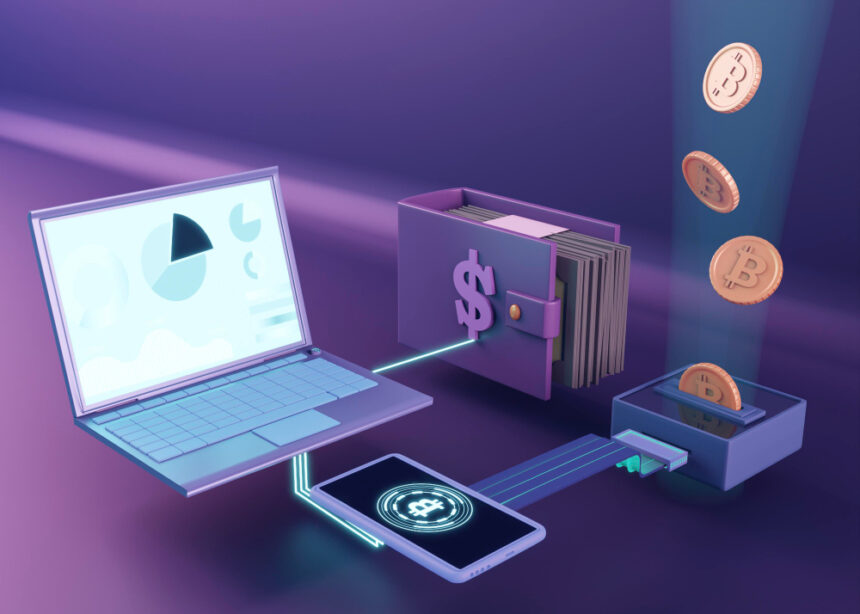Decentralized finance, commonly known as DeFi, is a revolutionary concept that has redefined the way people interact with financial systems. Unlike traditional financial institutions, DeFi leverages blockchain technology to offer financial services without the need for intermediaries like banks or brokers. This eliminates centralized control, making financial transactions more transparent, accessible, and efficient.
One of the key features of DeFi is its ability to offer financial inclusion. By using smart contracts, DeFi platforms allow anyone with internet access to lend, borrow, trade, and invest in digital assets. This is particularly beneficial in regions where access to traditional banking services is limited. As a result, DeFi has democratized access to financial tools, enabling users from all walks of life to participate in the global economy.
Moreover, DeFi has introduced innovative financial products such as yield farming and liquidity pools. These mechanisms incentivize users to lock up their assets in exchange for rewards, creating a self-sustaining ecosystem. This has not only increased the adoption of DeFi platforms but also contributed significantly to the overall growth of the cryptocurrency market.
The Rise of Non-Fungible Tokens (NFTs)

Non-Fungible Tokens (NFTs) have emerged as a groundbreaking innovation in the world of digital assets. Unlike cryptocurrencies such as Bitcoin or Ethereum, which are fungible and interchangeable, NFTs are unique digital items that represent ownership of a specific asset. These assets can range from digital art and music to virtual real estate and collectibles.
The popularity of NFTs skyrocketed in recent years, largely due to their ability to provide a new revenue stream for artists, creators, and developers. By minting their work as NFTs, creators can sell their digital assets directly to buyers without relying on traditional distribution channels. This has empowered creators to retain more control over their intellectual property and revenue.
NFTs have also gained traction in the gaming and entertainment industries. Virtual goods and in-game assets, once confined to specific platforms, can now be tokenized and traded across multiple ecosystems. This has opened up new opportunities for gamers and developers alike, creating a vibrant secondary market for digital assets.
How DeFi and NFTs Are Interconnected
DeFi and NFTs, while distinct in their functionalities, share a symbiotic relationship that has fueled the cryptocurrency boom. DeFi platforms have begun integrating NFT functionalities, allowing users to leverage their NFTs as collateral for loans or to participate in yield farming.
The fusion of DeFi and NFTs has also led to the emergence of NFT marketplaces that operate on decentralized platforms. These marketplaces enable peer-to-peer transactions, ensuring transparency and eliminating the need for intermediaries. As a result, users can buy, sell, or trade NFTs with greater security and efficiency.
Additionally, the integration of NFTs into DeFi ecosystems has facilitated the tokenization of real-world assets. By converting physical assets into digital tokens, users can unlock liquidity and access a global market. This has further expanded the use cases of both DeFi and NFTs, solidifying their roles as key drivers of the cryptocurrency boom.
The Economic Impact of DeFi and NFTs

The economic implications of DeFi and NFTs are profound. Together, they have created new avenues for wealth generation and financial innovation. DeFi protocols have unlocked trillions of dollars in liquidity, while the NFT market has seen exponential growth, with total sales reaching billions of dollars annually.
This rapid growth has also attracted institutional investors, further legitimizing the cryptocurrency space. Venture capital firms and traditional financial institutions are now exploring opportunities within the DeFi and NFT ecosystems. This influx of capital has accelerated the development of new technologies and platforms, driving further adoption.
However, the economic impact is not without challenges. Regulatory uncertainties, market volatility, and security concerns remain significant hurdles. Addressing these issues is crucial for sustaining the growth of DeFi and NFTs and ensuring their long-term viability.
Challenges and Risks in the DeFi and NFT Ecosystems
Despite their potential, DeFi and NFTs are not without risks. Security vulnerabilities, such as smart contract bugs and hacking incidents, pose significant threats to users and platforms. High-profile breaches have resulted in the loss of millions of dollars, highlighting the need for robust security measures.
Regulatory scrutiny is another major challenge. As governments and regulatory bodies grapple with the rapid evolution of blockchain technology, the lack of clear guidelines creates uncertainty for developers and users alike. Striking a balance between innovation and regulation is essential to foster trust and stability in these ecosystems.
Market volatility is also a concern, particularly for NFTs. The value of NFTs is largely speculative, making them susceptible to price fluctuations. This can lead to significant financial losses for investors and undermine confidence in the market. Educating users about the risks and promoting responsible investing practices are vital to mitigating these challenges.
The Future of DeFi and NFTs
The future of DeFi and NFTs is undoubtedly promising. As technology continues to evolve, these sectors are likely to witness further innovation and adoption. Advances in blockchain scalability, interoperability, and user experience will play a crucial role in shaping their trajectory.
DeFi is expected to expand its reach by integrating with traditional financial systems. Hybrid models that combine the best of centralized and decentralized finance could pave the way for broader acceptance and integration. Similarly, the NFT market is likely to diversify, with new use cases emerging in areas such as education, healthcare, and real estate.
Collaboration between stakeholders, including developers, regulators, and users, will be essential for realizing the full potential of DeFi and NFTs. By addressing existing challenges and fostering a culture of innovation, the cryptocurrency ecosystem can continue to thrive, driving economic growth and transforming industries worldwide.

